Nestled just east of the Roman Forum, the majestic stone amphitheater known today as the Colosseum was commissioned around 70-72 AD by Emperor Vespasian, the founder of the renowned Flavian dynasty. Initially conceived as a generous and symbolic gift to the citizens of Rome, the amphitheater represented not only imperial power but also a grand gesture of unity and public entertainment.
After nearly a decade of meticulous construction, the Colosseum officially opened its gates in AD 80 under the rule of Vespasian’s son and successor, Emperor Titus. Known officially as the Flavian Amphitheater, its grand inauguration was marked by an extraordinary celebration lasting a staggering 100 days. These events captivated the entire city with spectacular gladiatorial contests, ferocious wild animal battles, mock naval engagements, and dramatic public spectacles, leaving an unforgettable mark on Roman culture.
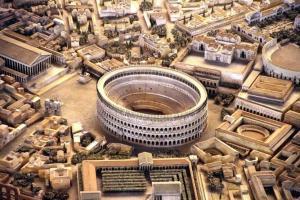
Intriguingly, despite its enduring legacy, the identity of the architect behind the Colosseum remains a profound historical mystery. Unlike many monumental Roman structures, no ancient inscription, literary source, or historical record provides clear evidence regarding the individual or team who masterminded its remarkable design.
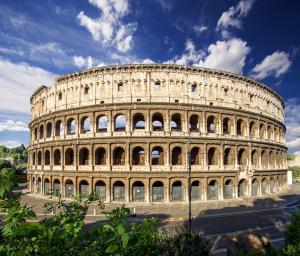
Today, nearly two millennia later, the Colosseum continues to symbolize Rome and Italy itself. Millions of visitors annually flock to this iconic landmark, captivated by the vivid echoes of history. As a testament to its enduring appeal, the Colosseum was declared a UNESCO World Heritage Site in 1980 and named one of the New Seven Wonders of the World in 2007.
There is no indication anywhere regarding the name of the Colosseum’s Architect. Nobody knows due to the fact that no engraving tells us his name. The building was erected to the glory of the Flavian Family.

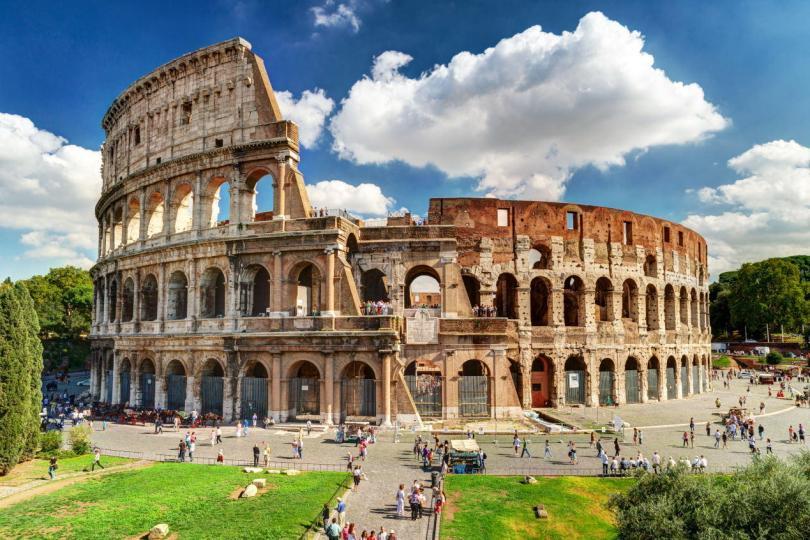
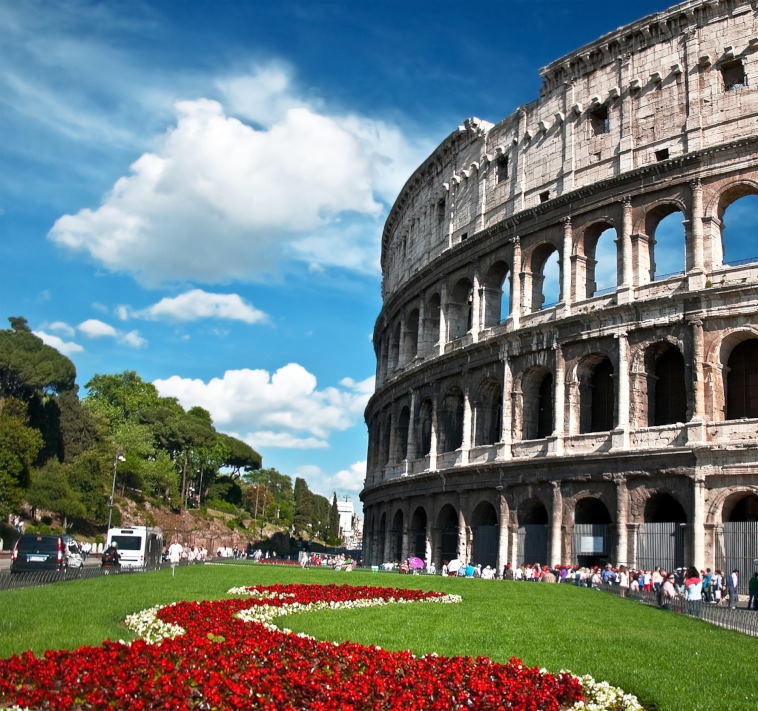
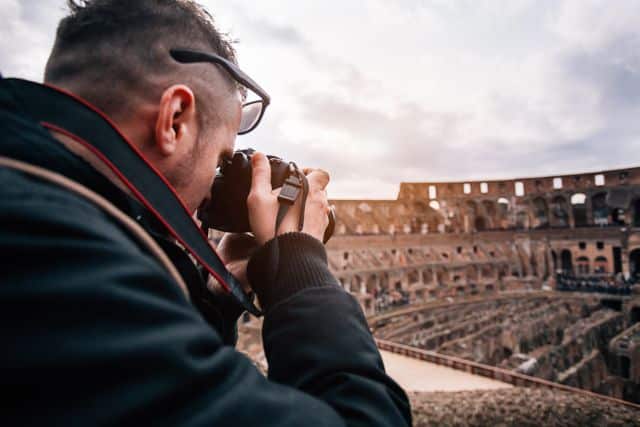
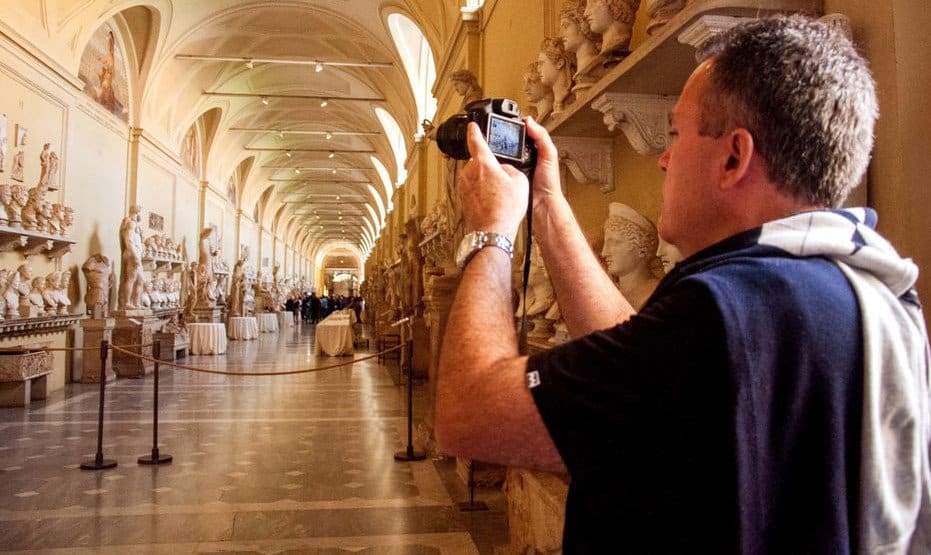

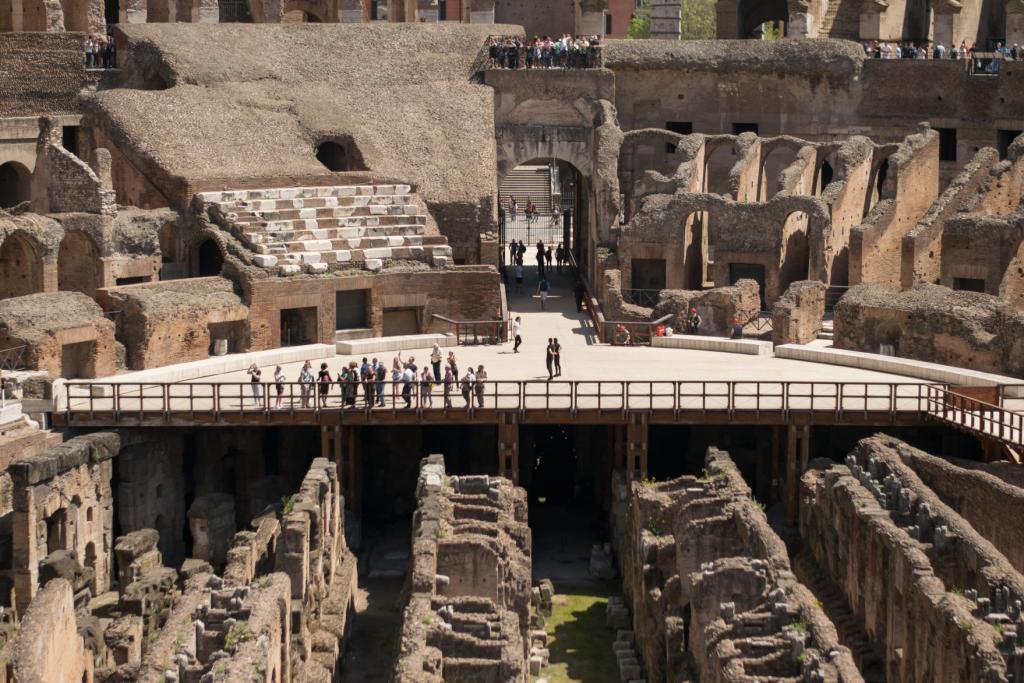


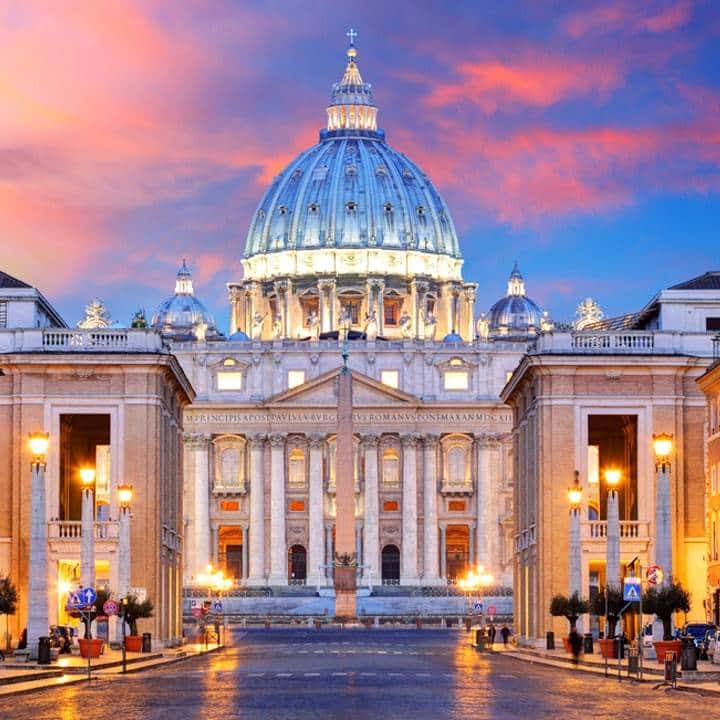
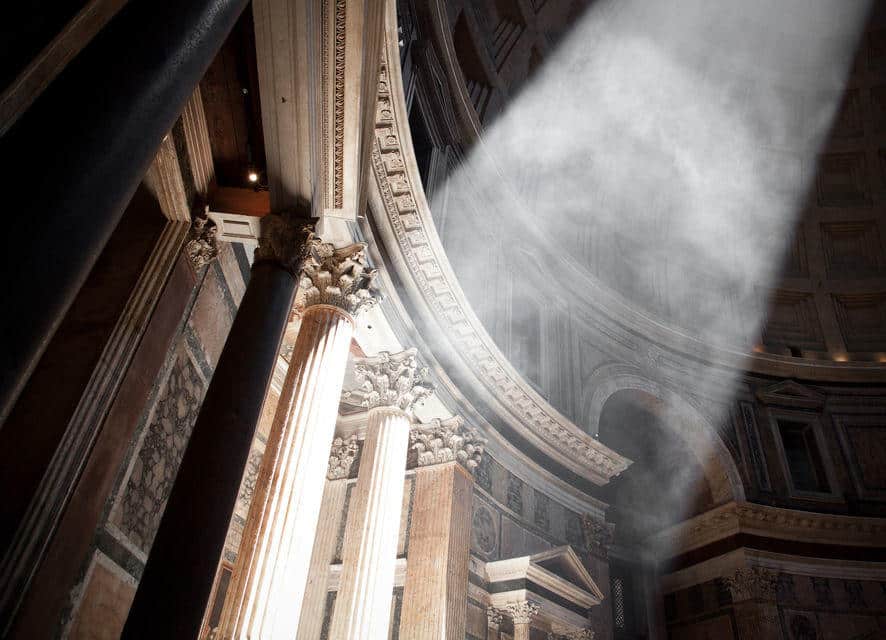
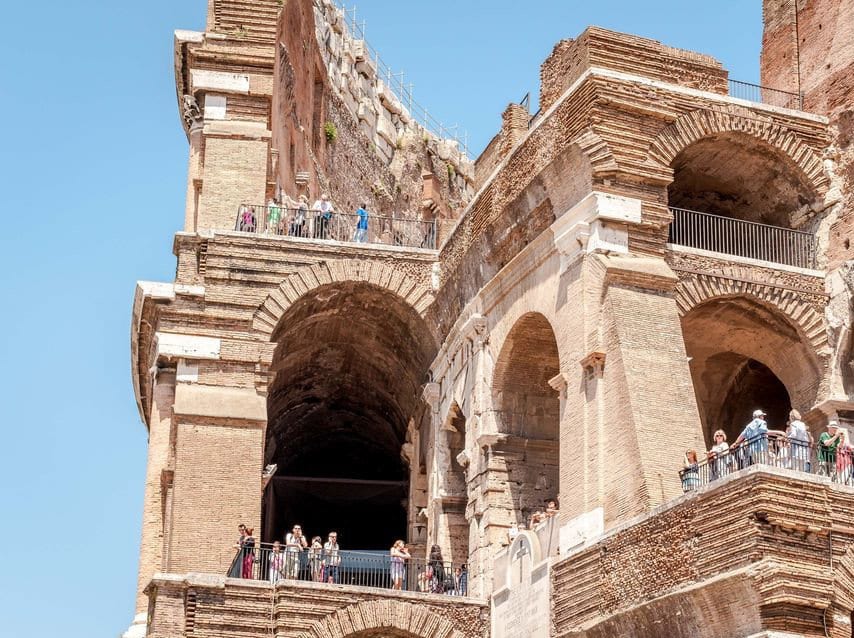
Leave a Comment